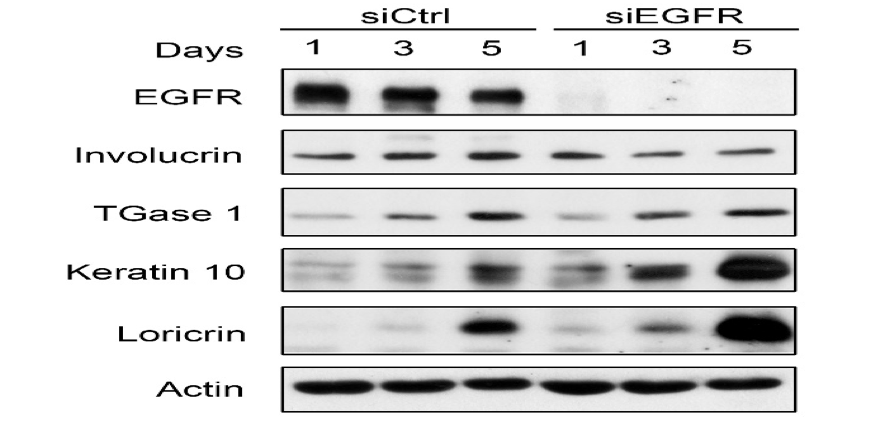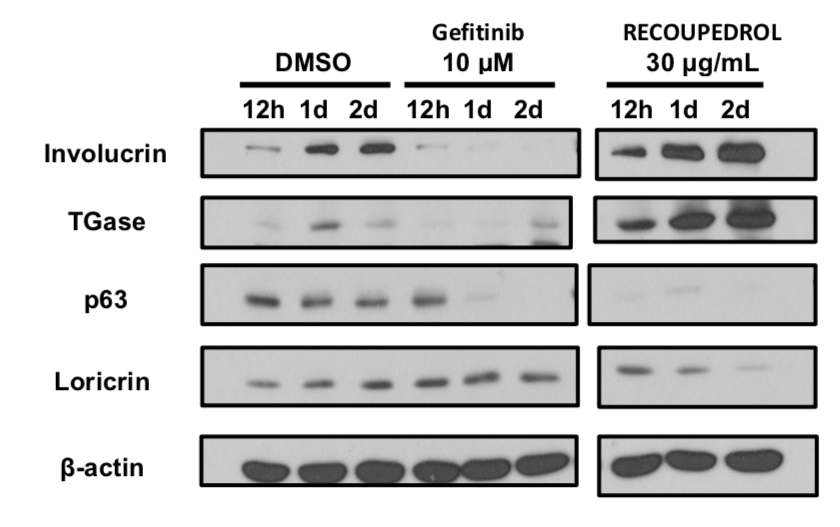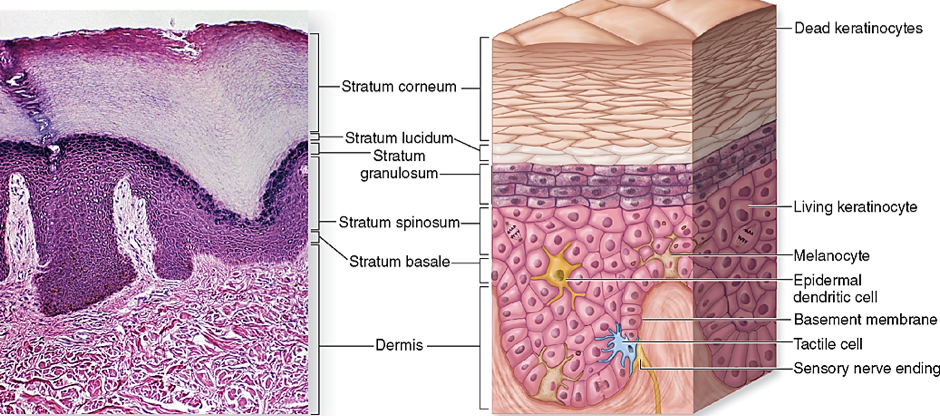


About Recoupedrol
Recoupedrol is high in glycoside content and backed with 4 human clinical, Toxicological and preclinical studies. The manufacturing process for Recoupedrol uses cane ethanol and water only. Additionally, it is soluble in water.
Clinical Study
Effect of Recoupedrol L evaluated on facial skin and its use-in skin tolerance in women
Anti-aging effect of Recoupedrol on facial skin evaluated in women by Monocentric, double-blinded, placebo-controlled, randomised parallel study
Method
Monocentric, double-blinded, placebo-controlled, randomised parallel study
Subject
Total 50 women of average age 45 years participated
Groups
Placebo (25 subjects participated and all of them completed)
Recoupedrol (25 subjects participated and 23 completed)
Result
Recoupedrol showed significant improvement in skin elasticity, skin roughness and collagen distribution on day 30 from baseline whereas placebo did not show these improvements from baseline. Also, skin barrier properties are maintained on day 30 and day 60.
Skin Penetration Study of Recoupedrol
Method
In-vitro Franz diffusion cells
Membrane
Human cadaver skin
Concentration
5%
Recoupedrol (25 subjects participated and 23 completed)
Result
Recoupedrol diffused up till epidermis and dermis.
Recoupedrol didn’t enter the receptor fluid
Recoupedrol based finish formulation
Method
In-vitro Franz diffusion cells
Membrane
Synthetic
Concentration
3%
Result
Recoupedrol enters the receptor fluid because there was no dermis and epidermis.
Effect of Recoupedrol on keratinocyte differentiation
Method-Primary cell culture of NHEK (normal human epidermis keratinocytes) isolated from human adult foreskin. Keratinocytes were cultured in Keratinocyte-SFM (Gibco BRL/Invitrogen, Carlsbad, CA, USA) supplemented with rEGF (0.1-0.2 ng/ml), bovine pituitary extract (20-30 μg/ml), and 1% penicillin/streptomycin
Effects of EGF on keratinocyte differentiation
In confluence differentiation model, early differentiation markers involucrin (INV) and transglutaminase (TGase) and late differentiation markers Keratin K10 and loricrin are all increased. Silencing EGFR can decrease INV but increase K10 and loricrin expression, indicating endogenous EGF/EGFR is involved to regulate early markers but interfere with late markers expression

Effects of EGF inhibitor and Recoupedrol on keratinocyte differentiation

In culture medium containing low concentration of EGF, EGFR inhibitor gefitinib inhibits early markers (INV, TGase), but increases late marker (loricrin). p63 downregulation required for differentiation was also induced by gefitinib. In contrast to the effects of gefitinib, Recoupedrol increases protein expression of INV and TGase but decreases protein expression of loricrin in NHEK cultured in complete medium. Similar to gefitinib, IND830 decreases p63 expression

Other Applications of Recoupedrol
Suitable ingredient for health products in the form of capsules, tablets, beverages, cosmetics, energy bars etc.
- JOINT HEALTH
- POST WORKOUT RECOVERY
- ANTI AGING











